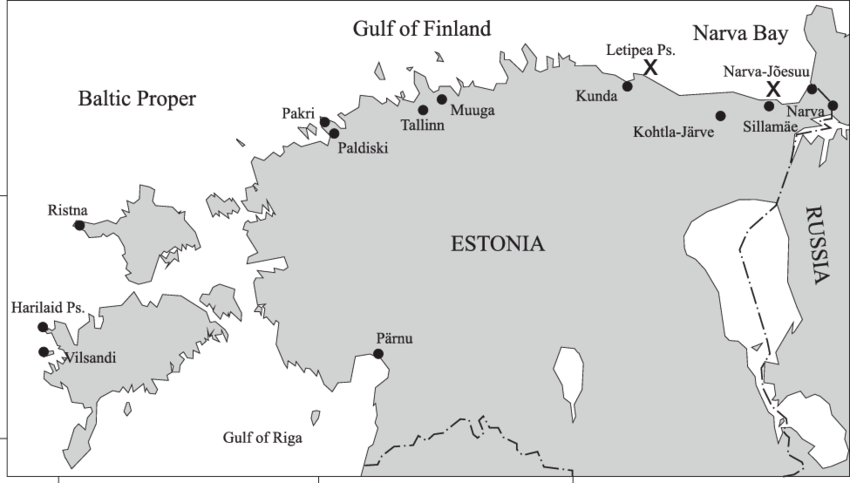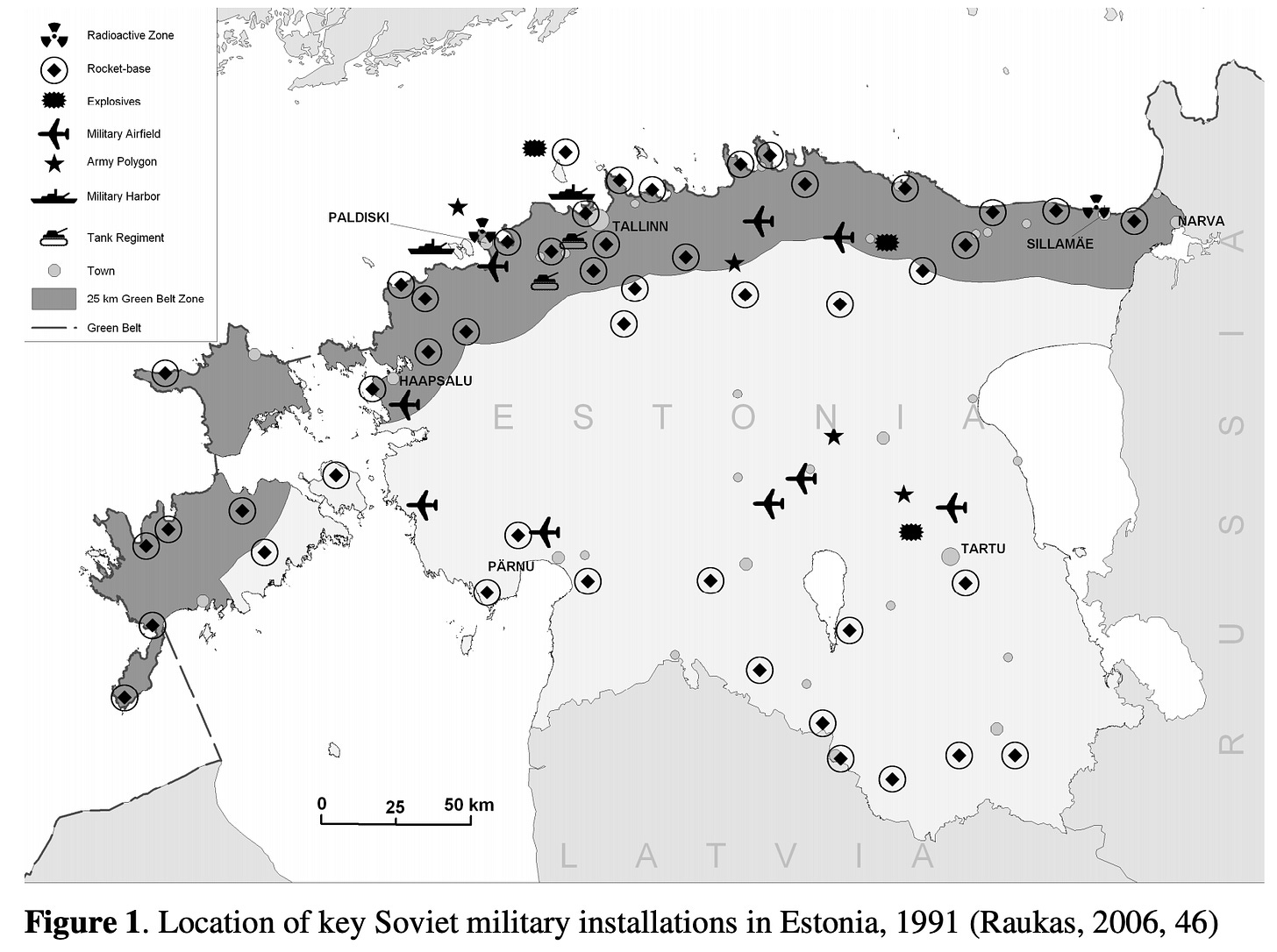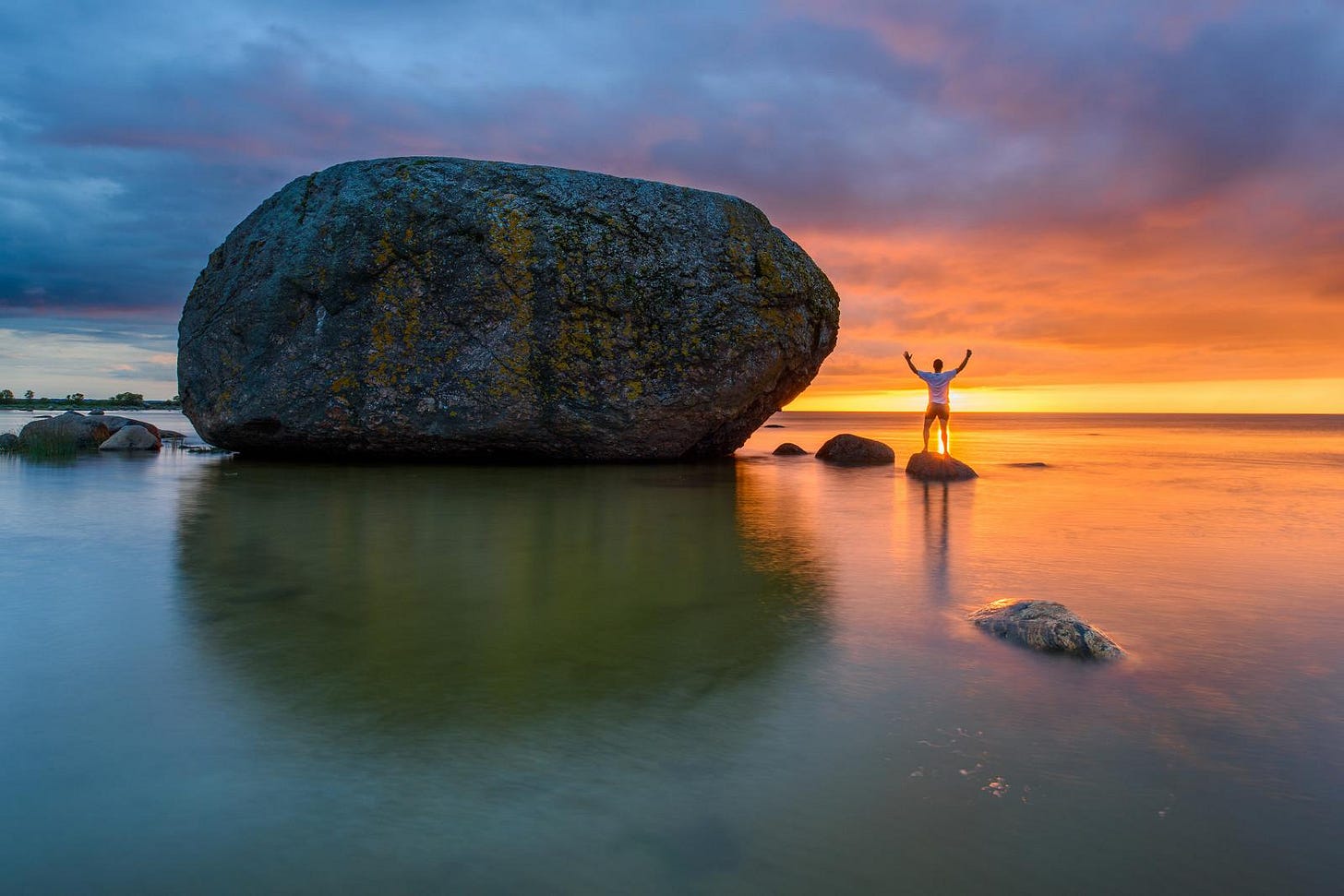In 2021-01-21, Omniva — Estonian state postal company — issued a lighthouse-themed stamp. The Letipea Tuletorn stamp was designed by Roman Matkiewicz, costing EUR 0.90.

Estonia is a small country with a surprisingly long (~3,800 km) coastline (vs. 700 km of land border) due to numerous peninsulas, bays and islands. It faces the Gulf of Riga on the southwest, the Baltic Sea on the west, and the Gulf of Finland on the north. To guard these coasts, Estonia has more than 70 lighthouses and a well-developed lighthouse administration — the Estonian Maritime Administration.

The Letipea lighthouse is a 14-meter white, square concrete tower located in Letipea Point, Viru-Nigula Parish, Lääne-Viru County, in Estonia, about 12 km northeast of Kunda. Its coordinates are noted in the stamp. Alternatively, what3words: ///goats.houseplants.townhouse. The year “1951” just above its entrance indicates the year it was first lit. It is active with four flashes every 18 seconds, white, red, or green depending on direction, and it has a range of 7 nautical miles. This is a directional light for ships approaching the port of Kunda.
Estonia isn’t even a Risk board game territory
Before WWII, Estonia's coastline was not heavily populated. Main economic activity centered at trading ports (Tallinn, Narva, Pärnu) and local fishing.
In 1944, the Soviet occupation of the Baltic states including Estonia resulted in coastal areas being either security exclusion zones (Estonia’s northern coast overlooking Finland) or closed economic zones (Sillamäe, Estonia). Residents were forced to leave due to the exclusion zone policies — if you weren't essential personnel, you'd have to leave the security zones. FYI Letipea was in Security Zone I with restricted access to the shoreline. The military installations in the coastal areas (rocket bases, airfields, radioactive zones) resulted in a lot of pollution: oil spillage, iron, steel, rubber, plastics, chemicals, paint, mineral construction debris, nuclear waste, etc.

Estonian Green Belt
However, the military presence and strict restrictions left large areas in a natural state largely untouched by human activities.
But, as is often the case, this also had some positive impacts. Not considering the border guard, ports, and fishing kolkhozes, almost no development or construction activities took place on Estonian coastal areas. Partly thanks to that, these areas are still well preserved and in a relatively untouched state.
— Järv, Henri, et al. "Comprehensive study of Estonia’s coastal zone protection and conservation."
When Estonia regained its independence and Soviet forces withdrew, 40 new protected areas were established in the Estonian Green Belt zone. The Estonian Green Belt is a 25 km landwards and 25 km seawards wide zone along the coastline. The Estonian Green Belt is part of the larger European Green Belt.

In 1992, Letipea was established as an ornithological conservation site; later redesignated as a Landscape reserve in 2000. The lighthouse isn’t what it is most famous for (it’s not even in Visit Estonia’s list of top 10 most famous lighthouses, probably because it isn’t open to visitors). Instead, there are 2 large protected boulders: Ehalkivi (the biggest boulder in Northern Europe - 7.6 m high and 49m wide) and Tagakula Suurkivi (4m high and 30m wide).

That’s it! That’s the post. I don’t always circle back to the stamp; I don’t always make the entire post to be about the stamp. This blog is about learning things using the stamp as a starting point. Also, stamps shouldn’t always be about famous subjects. It serves to highlight underrated ones too. Those are the ones we should learn more of.
References:
“Lighthouse - Letipea lighthouse.” Omniva, https://pood.omniva.ee/en/domestic/3046-lighthouse-letipea-lighthouse.html. Archived.
Estonian Lighthouse Society > Tuletornid > Tuletornide nimekiri > Põhja-Eesti > 040 Letipea tuletorn: http://www.etts.ee/EN/lighthouses/lighthouses-list/pohja-eesti/040-letipea-tuletorn
Suursaar, Uelo. "Waves, currents and sea level variations along the Letipea-Sillamäe coastal section of the southern Gulf of Finland." Oceanologia 52.3 (2010): 391-416
Vollmer, E., Kalev Sepp, and Janar Raet. "Estonian Green Belt: Values and Management Issues." Estonian University Life Sciences, Institute of Agricultural and Environmental Sciences, Estonia (2010).
Järv, Henri, et al. "Comprehensive study of Estonia’s coastal zone protection and conservation." Coastline Reports 20 (2012): 63-76.
“Boulders Tagaküla Suurkivi and Ehalkivi” Visit Estonia, https://www.visitestonia.com/en/boulders-tagakula-suurkivi-and-ehalkivi



